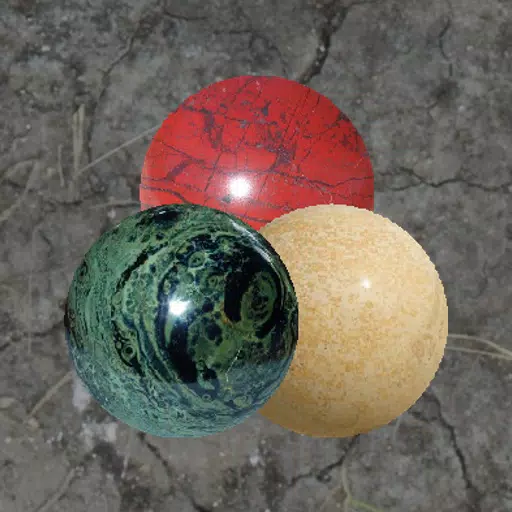
The Deluxe Edition of Sid Meier's Civilization VII has only been available for a day, yet the online community is already vocal about its user interface (UI) and other perceived shortcomings. Is the UI really as problematic as some claim? Let's dive in and explore the game's UI elements to determine if the criticism is justified.
← Return to Sid Meier's Civilization VII main article
Is Civ 7's UI as Bad as They Say?
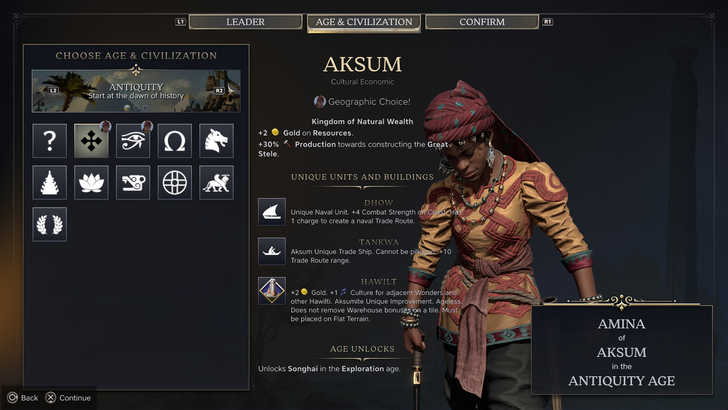
Sid Meier's Civilization VII has just been released for those with the Deluxe and Founder’s Editions, and it's already facing criticism, particularly for its UI. While it's easy to follow the crowd, it's important to critically evaluate the UI. Let's break down its components to see if it meets the standards expected from a 4X game's interface.
What Makes a Good 4X UI?
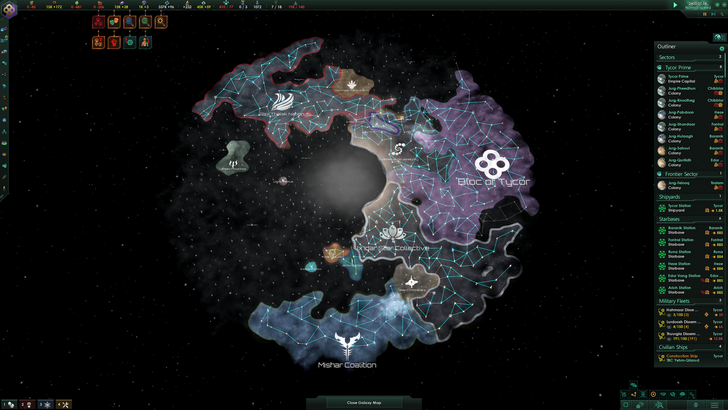
The design of a 4X game's UI is nuanced and can vary based on the game's specific needs and style. However, industry experts have identified key elements that generally contribute to an effective UI across most 4X games. Let's examine how Civilization VII measures up against these standards.
Clear Information Hierarchy

A good UI organizes information in a way that prioritizes accessibility and relevance to gameplay. In 4X games, essential resources and mechanics should be easily accessible, while less frequently used features should be available with minimal clicks.
Against the Storm provides a great example of this with its building info menus, which are organized into tabs based on the frequency of use. In contrast, Civilization VII's resource UI effectively displays allocation across the empire but lacks detailed specificity. While it's functional, a bit more detail could enhance its effectiveness.
Effective and Efficient Visual Indicators
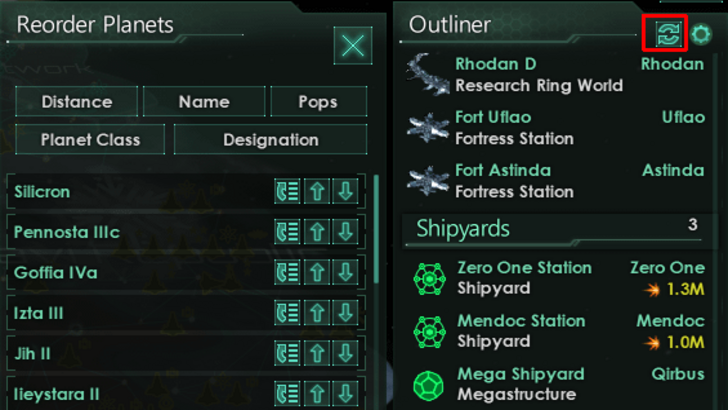
Visual indicators should convey information quickly and efficiently, using icons and colors to reduce reliance on text. Stellaris' Outliner is a prime example, using icons to show the status of survey ships and colonies.
Civilization VII uses iconography and numerical breakdowns for resources, with effective overlays for tile yields and settlement viability. However, the absence of certain lenses from Civilization VI is a noted drawback. While not perfect, the UI's visual indicators are functional but could benefit from enhancements.
Searching, Filtering, and Sorting Options
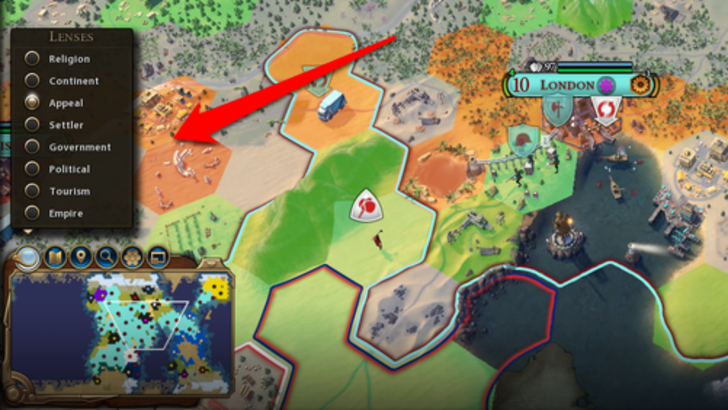
To manage the complexity of 4X games, searching, filtering, and sorting options are crucial. Civilization VI excels with its search function, allowing players to locate specific elements on the map easily.
Civilization VII lacks this search function, which many players see as a significant omission. Its absence impacts usability, especially given the game's scale. Hopefully, future updates will address this issue and improve navigation within the Civilopedia.
Design and Visual Consistency
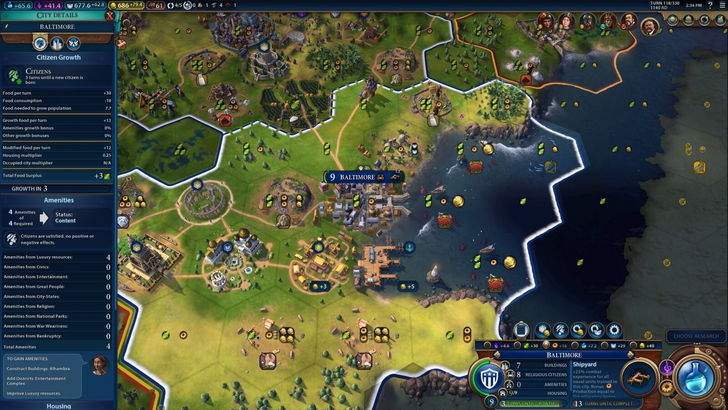
The UI's design and visual consistency are crucial as they tie the game's elements together. Civilization VI's cartographical style enhances its aesthetic appeal and cohesiveness.
Civilization VII adopts a minimalist and sophisticated design, using black and gold to create a regal atmosphere. While this design aligns with the game's aesthetic, it's less visually forward and may not resonate with all players. The UI's thematic subtlety can lead to mixed reactions, but it remains a deliberate choice that reflects the game's identity.
So What’s the Verdict?
It’s Not The Best, But Undeserving of Such Disapproval
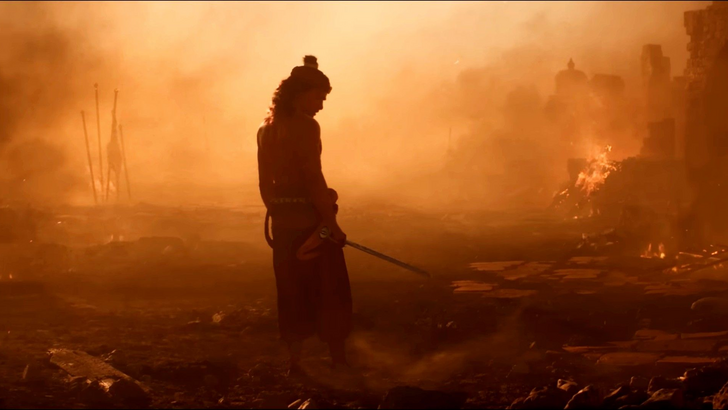
In conclusion, Civilization VII's UI, while not the most refined, is not as bad as some claim. The absence of key features like a search function is a notable flaw, but it's not game-breaking. Compared to other issues, the UI's shortcomings are minor. While it may not match the visual appeal and efficiency of other 4X UIs, it has strengths that deserve recognition.
Personally, I find Civilization VII's UI acceptable, and the game's overall quality compensates for its UI imperfections. With future updates and player feedback, the UI could improve and win over more critics. For now, I believe the criticism is overblown.
← Return to Sid Meier's Civilization VII main article
Sid Meier's Civilization VII Similar Games

 Home
Home  Navigation
Navigation






 Latest Articles
Latest Articles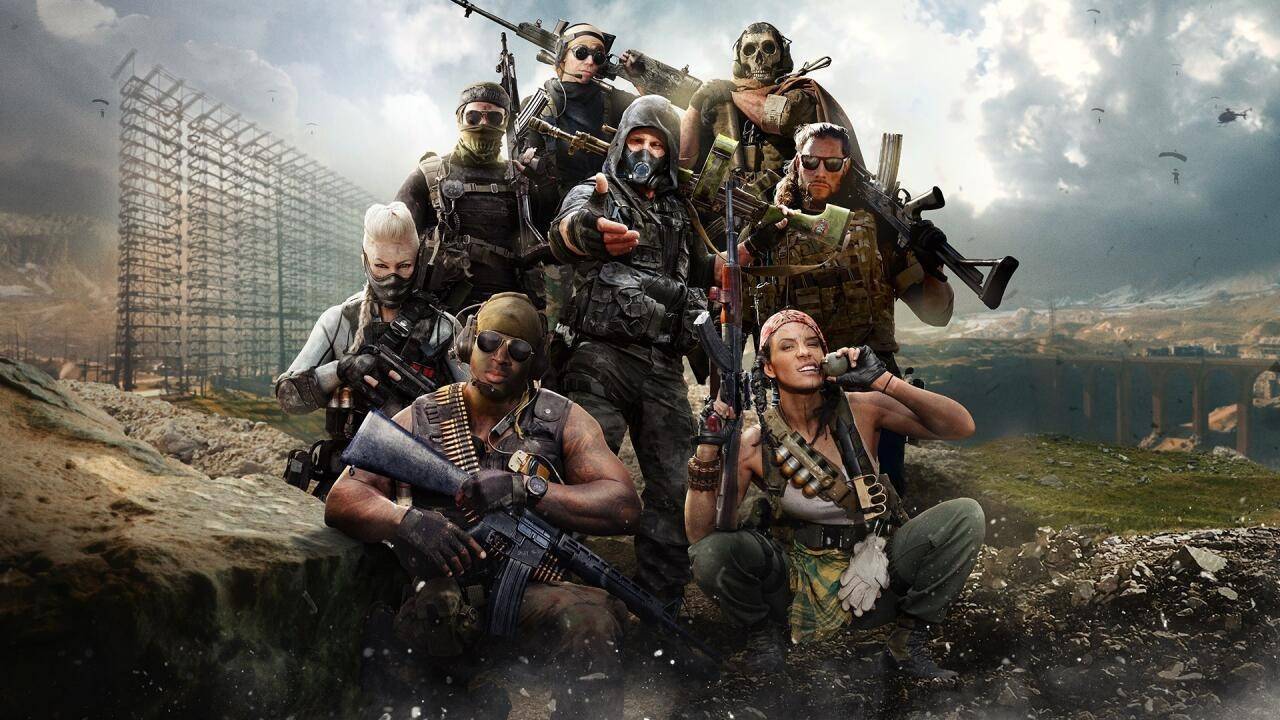




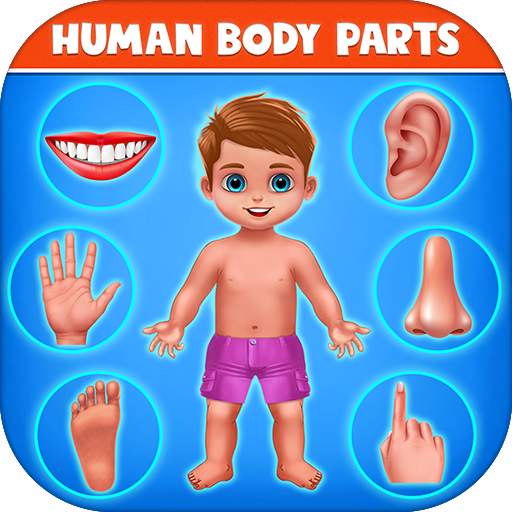





 Latest Games
Latest Games